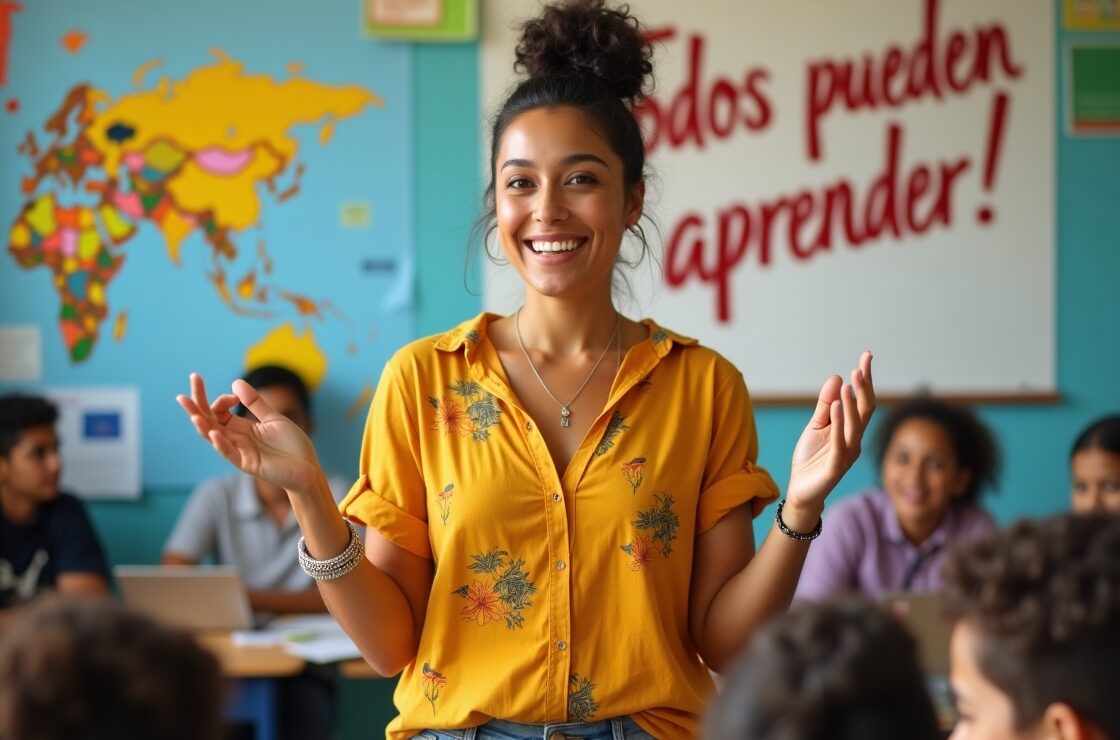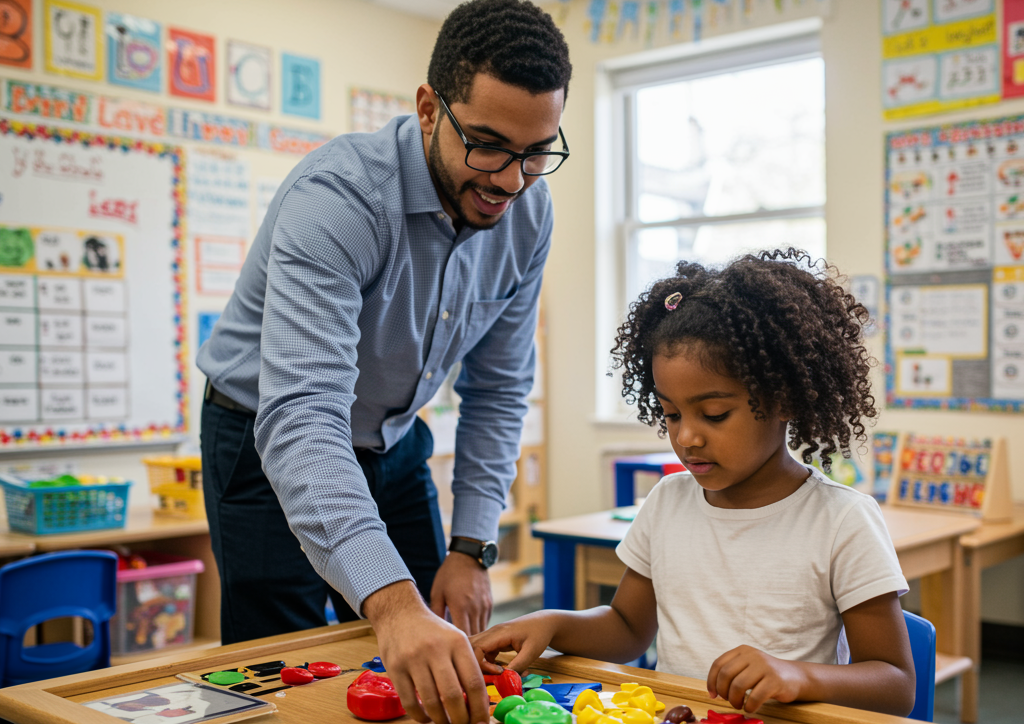Many school districts are facing an unprecedented shortage of qualified teachers, making it harder to provide quality education to students. But what if there was a solution that could bring in skilled, international teachers who are ready to contribute to your district’s educational success?
Introducing the H-1B Visa
The H-1B Visa is a specialized work visa that allows U.S. employers to hire skilled international workers for roles that require specialized knowledge or expertise. In the context of education, this visa presents a unique opportunity to hire teachers and address the growing shortage of qualified educators.
This visa isn’t just a temporary fix — it offers a long-lasting solution to teacher shortages, giving school districts access to an international talent pool of educators. Whether your district is in need of STEM teachers, special education professionals, or world language instructors, the H-1B visa makes it possible to bring in international teaching talent to strengthen your educational programs.
How does the H-1B Visa work for Teachers?
The H-1B visa program allows U.S. employers to hire foreign workers for positions that require at least a bachelor’s degree or its equivalent in a specialized field. For educators, this means that teachers with degrees in specialized subjects (e.g., science, technology, mathematics, or foreign languages) can be sponsored by school districts to work in the U.S. under the H-1B visa.
The process typically involves the following steps:
- Employer Sponsorship: Your district must first file a petition with U.S. Citizenship and Immigration Services (USCIS) to sponsor a foreign teacher.
- Selection Process: Due to high demand, H-1B visas are subject to a lottery system. However, educational institutions may have a slightly better chance, as they are often exempt from some of the caps that apply to other industries.
- Visa Issuance: Once selected, the teacher can work in the district for a period of up to three years, with the option for renewal.
Specialization of the H-1B Visa in Education
One of the standout features of the H-1B Visa program is its ability to cater to specialized roles, making it ideal for addressing gaps in certain subject areas. For school districts facing challenges in recruiting teachers for specialized subjects, such as math, science, or special education, the H-1B Visa offers a direct path to hiring experienced and qualified international teachers.
International teachers bring diverse perspectives and innovative teaching methods that can strengthen your district’s educational standards. Their global experience can help broaden students’ horizons and expose them to different cultural viewpoints, which can be especially valuable in today’s interconnected world.
Are you ready to expand your teaching talent Pool?
With the H-1B visa, school districts can tap into a broader pool of qualified candidates, ensuring that your students are receiving the best education possible. Whether your district is facing a specific shortage of teachers or looking to enrich your educational offerings, the H-1B visa offers a reliable and long-term solution.
Already benefiting from H1-B Teachers? Here’s how the Program can continue to support your District’s Needs
If your district is already benefiting from H1-B teachers, you’re likely seeing the positive impact that diverse, skilled educators can have on student achievement. The H-1B program can continue to be a valuable asset for your district, ensuring that you have access to a steady stream of international talent.
By providing a pathway for teachers to stay long-term and renew their visas, the H-1B program offers permanent teaching solutions for districts committed to meeting the educational needs of their students. With the ability to renew the visa, international teachers can contribute to your district for many years, providing stability in a time of uncertainty.
Strengthen your District with International Teachers
The H-1B visa offers a powerful opportunity for school districts to address teacher shortages and enhance educational outcomes. By allowing you to hire teachers with H-1B visa status, it opens the door to a global network of skilled educators who can bring specialized knowledge and diverse perspectives to your classrooms.
For school districts ready to invest in permanent teaching solutions, the H-1B visa is a win-win: it helps alleviate teacher shortages, strengthens educational standards, and brings a long-lasting, impactful solution to your district’s hiring challenges.
Embrace the future of education by expanding your teacher talent pool through the H-1B visa program today!
This blog was written by Global Workforce Development, powered by IAG, an organization dedicated to creating international job opportunities for professionals.





